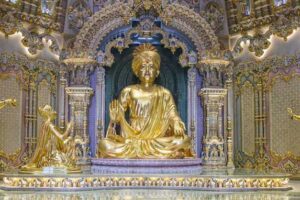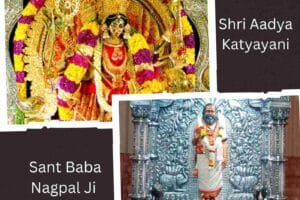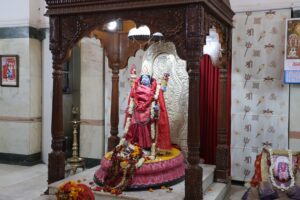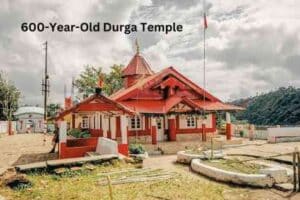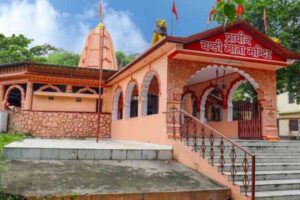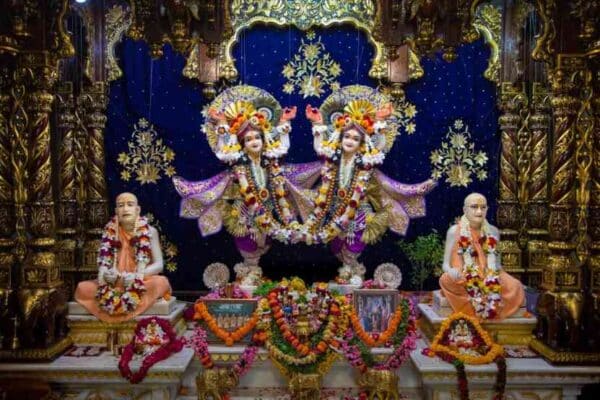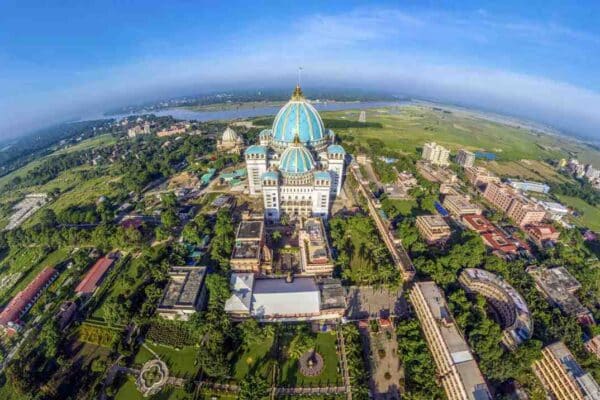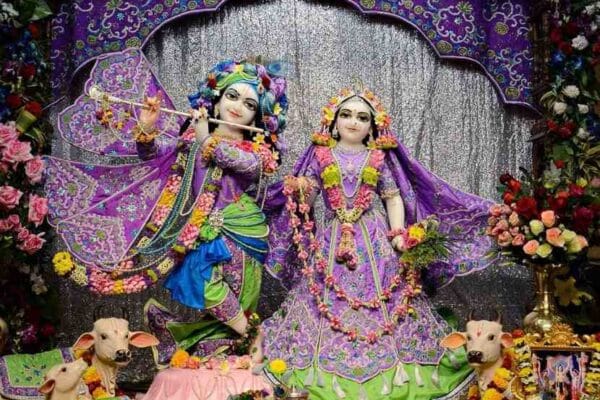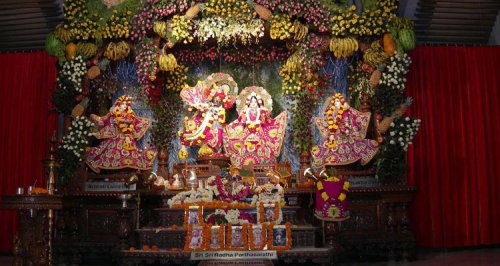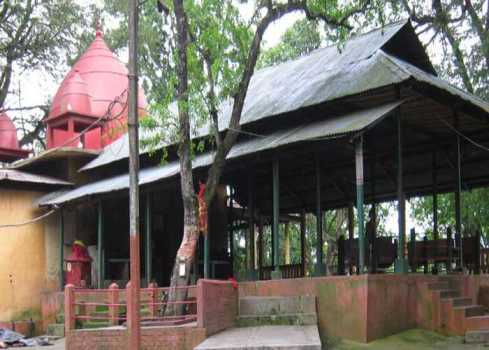
A Spiritual Haven: Mahadev Temple in the Heart of Tambdi Surla, Goa
The Mahadev Temple, Tambdi Surla, is a 12th-century Shaivite temple dedicated to Lord Shiva in the Kadamba architectural style. It stands as an active Hindu worship place and is an ASI (Archaeological Survey of India) protected Monument of National Importance in Goa. This Mahadev temple was meticulously crafted using basalt stone, which was transported from…
